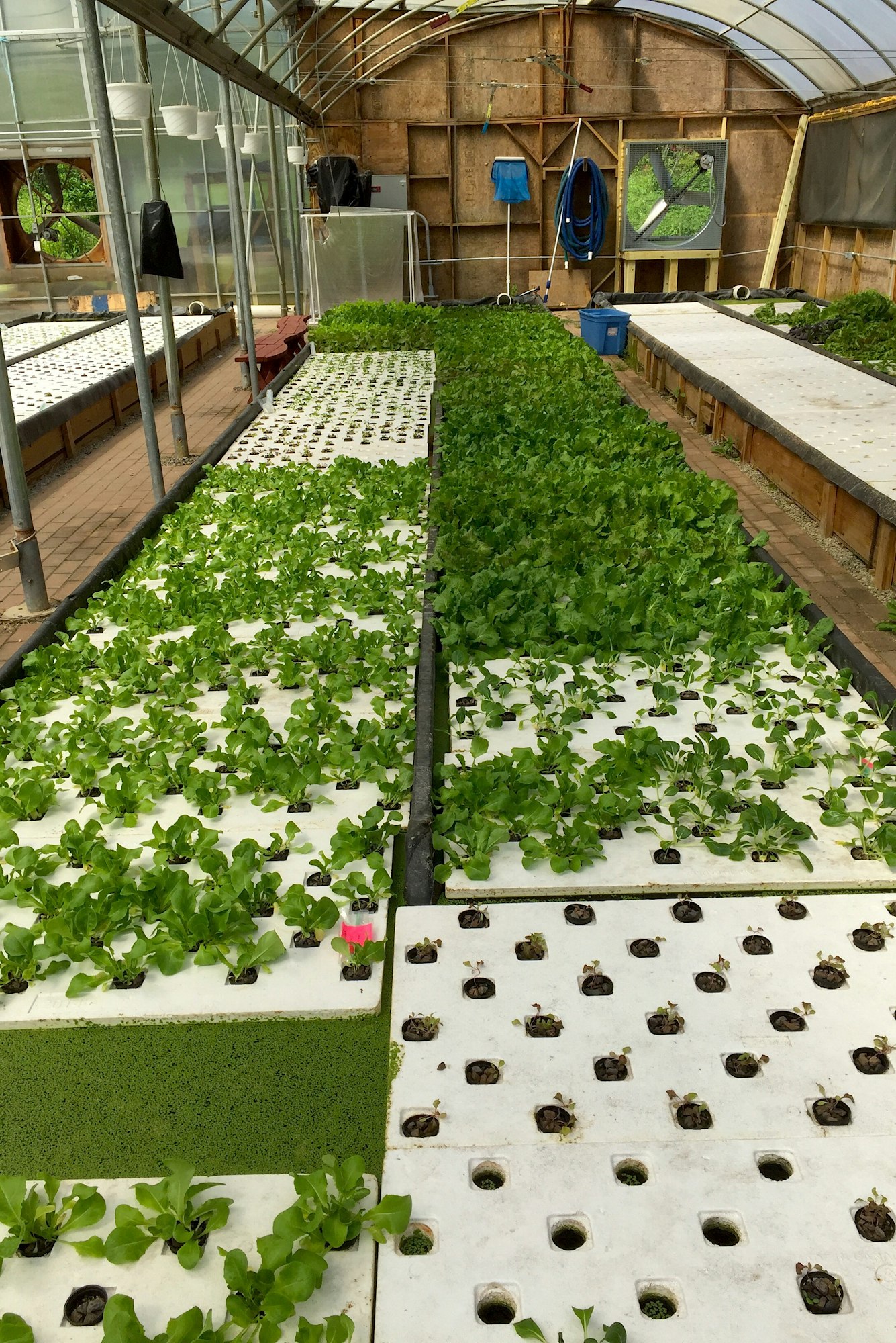How to Set Up a Vertical Aquaponic Garden Indoors for Year-Round Vegetables?

Ever dreamt of having a flourishing garden within the constraints of your living room walls? If yes, then let us introduce you to the innovative concept of a vertical aquaponic garden. The beauty of aquaponics is that it allows you to grow plants and fish together in one integrated system. This system mimics a natural ecosystem where fish waste provides a food source for the plants and the plants naturally filter the water for the fish. Now, imagine all that happening right in your apartment, in a vertical format that takes up minimal floor space. Ready to know how to make this happen?
Understand the System
First of all, let’s explore the foundations of an aquaponic system. This system is a symbiotic marriage between aquaculture (raising fish) and hydroponics (growing plants without soil). In aquaponics, the nutrient-rich water that results from raising fish provides a natural fertilizer for the plants. As these nutrients are consumed by the plants, they, in turn, purify the water, which is then recirculated back to the fish tank.
A lire en complément : What Are the Best Soundproofing Techniques for a Kids’ Playroom Next to a Home Office?
An aquaponic system can be as small or as large as you’d like, depending on your space availability, personal preferences, and how much you’re willing to invest. Given that you’re looking for an indoor setup, a vertical aquaponic system will be the most space-efficient.
Choose the Right Plants and Fish
When you start planning your indoor aquaponic garden, selecting the right plants and fish is crucial. Leafy greens like lettuce, spinach, and herbs, or vining plants like tomatoes, cucumbers, and strawberries, all do well in an aquaponic environment.
Sujet a lire : What Are the Best Techniques for Crafting a Custom Walkway with Pavers and Landscaping?
On the other hand, your choice of fish will depend on whether you want a decorative tank or a source of protein. Goldfish, koi, or guppies are a great choice if you’re after aesthetics. But if you’re interested in farming fish for food, then tilapia, catfish, or bass are strong contenders. Remember, whatever fish species you choose, they should be able to thrive in a tank environment and survive in similar water conditions as your plants.
Design Your Vertical Aquaponic System
Once you’ve decided what to grow, the next step is to design your system. A vertical aquaponic garden usually consists of a fish tank at the bottom, with several vertical columns or towers filled with a growth medium for the plants above it.
Water from the fish tank is pumped to the top of the towers, where it trickles down through the growth medium and feeds the plant roots. The water, now cleaned by the plants, drains back into the fish tank, ready to be reused.
The design of this system should consider factors like indoor space availability, light sources, and the size of your chosen plants and fish. It’s also important to plan a system that is easily accessible for feeding fish, planting, and harvesting.
Set Up the System
Setting up a vertical aquaponic garden might seem intimidating, but it’s actually quite straightforward. You’ll need a fish tank, a pump to move the water, growing media for the plants, and of course, your chosen plants and fish.
Firstly, place your fish tank at the bottom, ideally in a location that receives ample light for the plants. Install the pump inside the tank, ensuring it has enough power to move the water to the top of your vertical garden.
Next, build your vertical columns using PVC pipes or similar materials, and fill them with your chosen growth media. This media can be clay pebbles, rockwool, or even coconut coir. Connect the pump to your vertical columns using waterproof tubing, and ensure there’s a way for the water to drain back into the tank.
Maintain a Healthy Indoor Aquaponic Garden
Once your system is up and running, maintaining it will mainly consist of feeding your fish, monitoring the water quality, and checking the plants. The fish should be fed as per the recommendations for the species you’ve chosen.
As for the plants, they generally require less attention than in traditional soil-based gardening as they always have access to water and nutrients. However, it’s essential to keep an eye out for any signs of disease or nutrient deficiencies.
Remember, the balance between the fish and the plants is crucial in an aquaponic system. If you have too many fish for your plants, the water will become toxic. Conversely, if you have too many plants for your fish, they may not receive enough nutrients. Achieving and maintaining this balance is the key to a fruitful indoor aquaponic garden.
Troubleshooting Common Issues
Vertical aquaponics gardening can have its share of challenges. Some common issues include algae growth, a sudden change in water pH, or a fish or plant disease outbreak. Understanding these issues and knowing how to address them can ensure a thriving indoor garden.
One primary concern in an aquaponic system is algae growth, which can zap essential nutrients from the water and block your grow bed’s sunlight. To prevent this, ensure your fish tank is not placed in direct sunlight, or consider using a cover.
The pH level of your water plays a crucial role in the health of your fish and plants. A sudden spike or drop can be detrimental. Regularly testing the water and adjusting it with safe compounds can help maintain an optimal pH balance.
Sometimes, despite your efforts, fish or plants may still get sick. Regular observation can help catch diseases early. Fish showing signs of illness should be separated from the tank to prevent the spread. If plants show signs of disease, remove the affected part immediately, and if necessary, the whole plant.
Harnessing the Benefits of Vertical Aquaponics
Vertical farming through aquaponics brings a myriad of benefits. Not only does it allow you to grow fresh produce year-round, but it also uses less water compared to traditional gardening. Moreover, it’s a fantastic way to teach children about ecosystems and responsible farming.
One of the most significant advantages of a vertical aquaponic garden is its space efficiency. It’s a perfect solution for urban dwellers who want to cultivate their greens but have limited space. Additionally, the use of grow lights can ensure your plants get their required light even in the darkest corners of your apartment.
Your indoor aquaponics garden is more than just a food source; it’s a living piece of art. Watching your fish swim around and your plants grow can be quite therapeutic and can turn any living space into a tranquil sanctuary.
Conclusion
Creating an indoor garden using vertical aquaponics is a rewarding experience that brings nature’s synergy right into the comfort of your home. From choosing the right fish and plants, designing the perfect system, setting it up, maintaining it, and troubleshooting any common issues, each step is a learning experience.
Not only does it provide the satisfaction of growing your own food, but it also offers an insight into sustainable practices that can have a positive impact on the environment. With careful planning, a bit of patience, and regular care, your aquaponics garden can thrive, ensuring a fresh supply of vegetables and a lively ambiance in your home year-round. Whether you’re a seasoned green thumb or a curious beginner, vertical aquaponics brings the joy of gardening to any indoor space.
